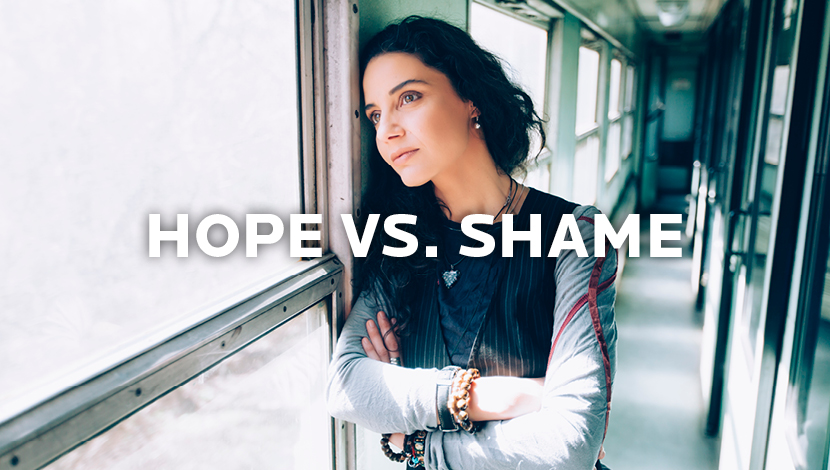
The conversation around addiction is experiencing a seismic shift with the potential to radically change recovery.
Addiction is a chronic brain disease, not a choice. And the more we understand addiction, the better we are able to treat it.
Yet the thing we are battling as a society often isn’t the addiction itself. It’s the stigma surrounding it. In fact, 82% of people struggling with addiction have felt stigmatized and 74% feel the most stigmatized by their families.
Addiction stigma is cited as one of the primary reasons people don’t access treatment and recovery services.
Stigma also creates barriers to recovery in the very systems that are designed to help, from criminal justice to health care.
Our task, from the First Lady of North Dakota and the North Dakota Department of Human Services, was to reduce stigma associated with substance use disorders with the message that anyone can become addicted to drugs or alcohol. The First Lady has shared her own struggle with addiction publicly as proof of that.
Language matters
Our creative team employed two foundational ideas in marketing psychology. One, language matters. Labels like “addict” reinforce negative stereotypes. People working in the recovery community are bringing new language into the public dialogue that separates the individual from the disease and takes a more-medical, person-first approach. That, in itself, is a powerful tool in changing perceptions.
Trigger emotion
The second idea is that it’s more effective to trigger an emotion, rather than deliver one. In other words, we want people to actually feel something, rather than telling them how to feel. While that might sound obvious, it’s a lot easier said than done.
Encourage hope
So how do you make our audience believe that addiction can happen to anyone? We reminded people of what we all have in common: hopes, dreams and fears.
Our creative aimed to take people back to happy moments with vintage and older footage – learning to ride a bike, a ballet performance, holding a newborn baby – and pairing it with the message that while no one dreams of becoming addicted to drugs and alcohol, one in seven people are. Our team wrote and produced original music, sang by the talented daughter of our creative director.
Through our creative, we invited people to dream again, reinforcing that treatment and recovery services are effective.
Reducing stigma is something we’ll all be hearing more about because that is the conversation that has the potential to move addiction recovery forward.
To continue the conversation or to ask us any questions, reach out to us here. We look forward to hearing from you!
